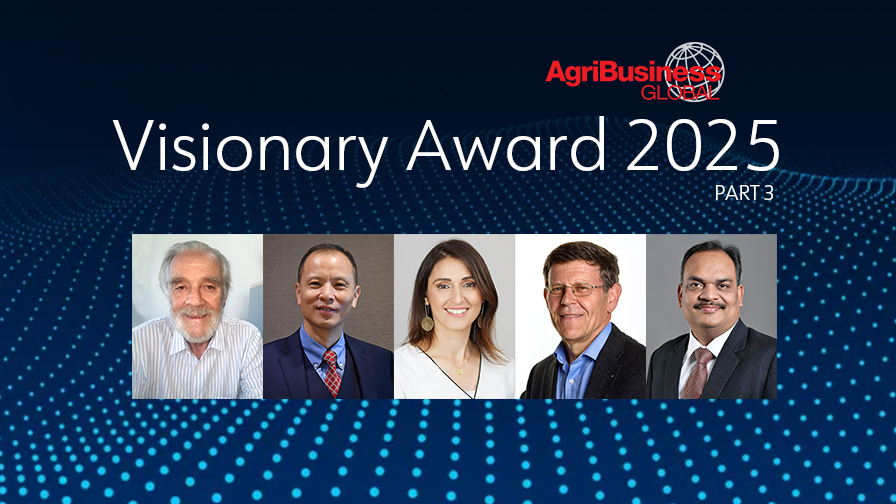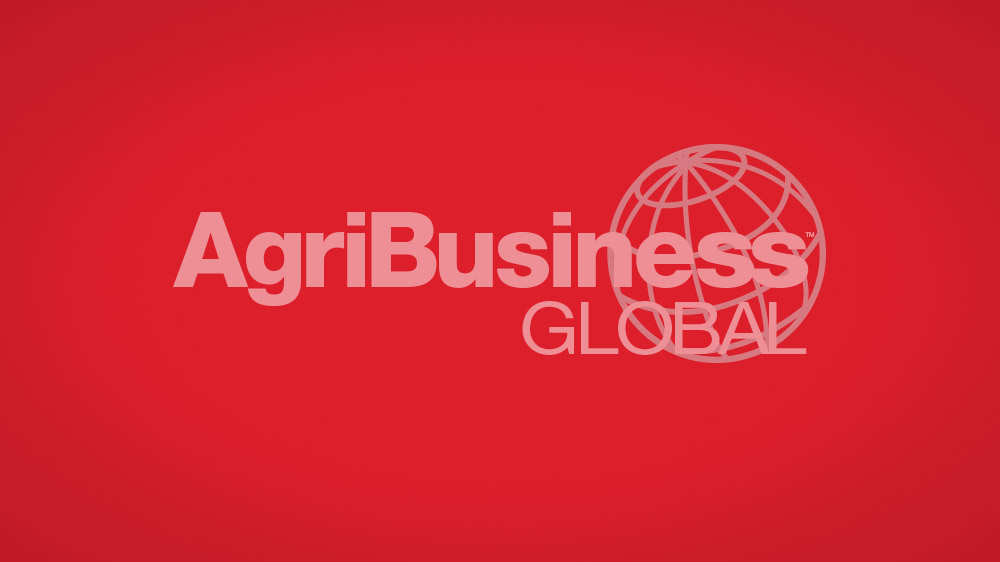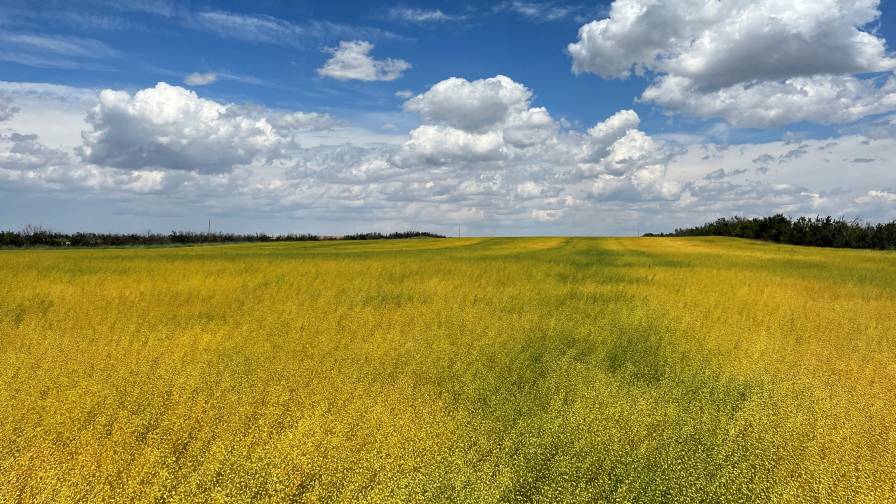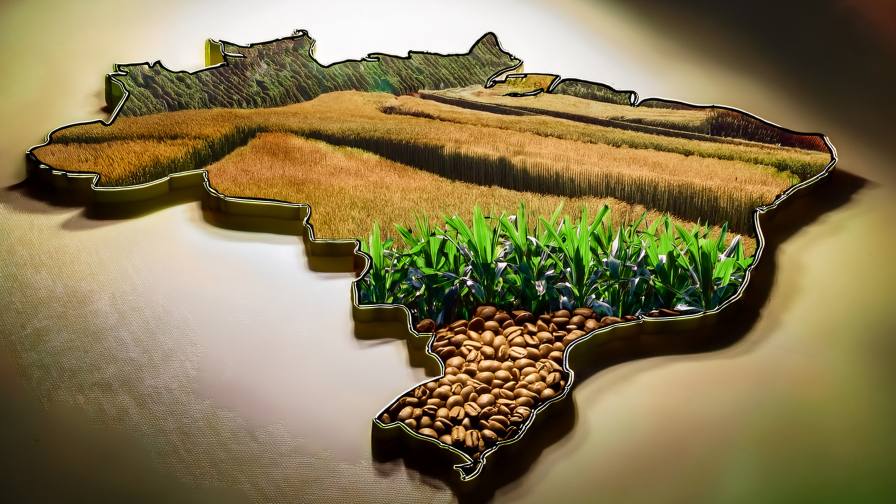R&D: Cost Of Business

New actives cost more than US$250 million to bring to market, according to a new report by Phillips McDougall. That number represents an almost 40% rise in research and development costs for basic manufacturers, largely as a result of more numerous and rigorous field trials for various markets.
“It is our responsibility to increase awareness that feeding the world isn’t easy, nor is it a foregone conclusion,” says Jack Boyne of Bayer CropScience. Boyne is also chairman of the communications committee of CropLife America, which commissioned the study along with the European Crop Protection Association (ECPA). His remarks came during a Feb. 25 press conference that unveiled the report. CropLife America (CLA) President Jay Vroom was the organizer and lead presenter at the event.
The increase in field trials, data requirements and regulatory scrutiny has resulted in a longer development stage as well, from 8.3 years in 1995 to 9.8 years between 2005 and 2008. The result is a compressed timeframe for research companies to recoup their costs on the open market. A new active with a 20-year patent has about 10 years to recover its investment, which means companies have 1.5 years less time, compared to 1995, to earn back 40% greater investment.
R&D Trends
The cost of R&D has been a lingering concern for the crop protection industry in the past decade as companies have been introducing and commercializing fewer new actives compared to previous decades. The average annual rate of introduction of new actives from 1980 through 2000 was 12. That number ebbed to 10 per year this past decade, and projections based on patents and product pipelines suggests that new introductions could slow to as few as eight per year going forward.
The result of fewer chemicals could have a compound effect on the entire industry, as fewer new chemistries means fewer opportunities to reinvest into R&D. It will translate into fewer post-patent opportunities in the pipeline for generic companies as well, which could be a serious concern in the current regulatory environment of challenges to re-registrations of many chemicals. The sparse pipeline from the previous decade will equate to fewer business opportunities for basics and post-patent producers alike.
But that trend appears to be tapering, largely as a result of mixtures or combination products. Major research companies have strong development portfolios for a slew of new formulations, many of them combination products of patented products and post-patent proprietary products. More than 30 new insecticide patents were filed in January, and a total of 98 crop protection patents were granted in January, almost all of which were either mixtures or new derivatives of already known families. Bayer has been especially aggressive in this commercialization phase, and the fruits of its labor could be a result of its investment in new chemistries, which leads all basic R&D companies. Bayer also has most new actives in development with six.
Noticeably absent from this list is Monsanto, which invests almost all of its R&D into seed trait discovery, a trend realized by all of the “Big 6” in some way or another. That means that even though R&D budgets are on the rise, an increasing percentage of R&D is being diverted from the discovery of new actives to seed businesses. Since 2000, total R&D expenditures have grown 5.4% annually, which broken down reveals a 9% compounded annual growth for seed research and a meager 2.9% annual increase for investment in new chemistries. Seed research was not included in this newest Phillips McDougall/CLA/ECPA study.
“The data in (this study) only covers chemical crop protection, no seeds at all. From other research conducted by Phillips McDougall, it is clear that company expenditure on R&D in the seeds and traits area is increasing,” the report’s author Matthew Phillips told FCI after the press conference. “Despite this, data collated in the second part of this study shows that the total R&D spend on chemical crop protection R&D by the companies which responded to the survey is expected to continue to increase between 2007 and 2012.”
Into The Future
R&D budgets are expected to rise to more than $2.9 billion in 2012, compared to $2.3 billion for new active research in 2007. The largest areas of growth are expected to be in the areas of developing generic, stewardship and monitoring the development of active ingredients during commercialization. That represents an expected increase of 4.8% compounded annual growth rate during the next couple years compared to about 3% during the past few years.
But expenditures associated with the cost of bringing new actives to market are on the rise, too. The development of generics, product stewardship and monitoring post-launch, which is expected to account for the largest share of expense per new active by 2012, are all factors fueling the costs associated with a new chemistry.
These factors that are escalating the most fall in the realm of development as opposed to discovery. Combined evelopment costs ‑ including field trials, developmental chemistry, toxicology costs and environmental stewardship ‑ have risen more than 80% since 2000.






